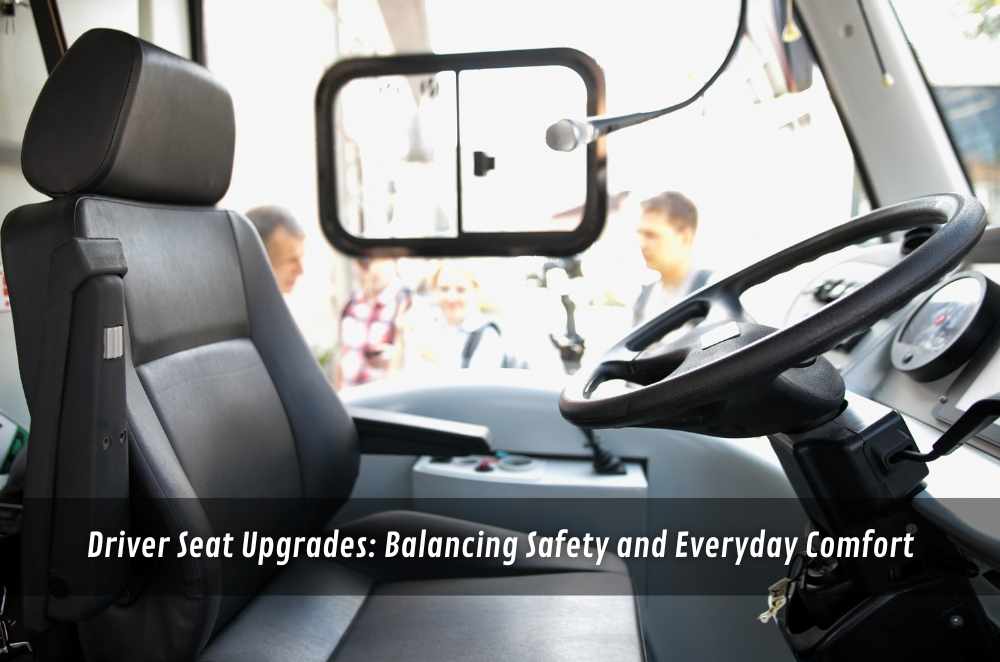
There’s a certain feeling you get when you settle into a seat that just fits. Most of us spend hours behind the wheel each week, yet rarely stop to think about the one part of our car that’s in constant contact with us. Over time, though, it becomes hard to ignore those little aches or the way your posture shifts to find a sweet spot. I’ve noticed it myself after a few long stints up the Hume—an uncomfortable seat turns every drive into a chore. For a lot of drivers, this is when the idea of finding the best driver seats starts to make sense. It’s not about chasing after the newest gadget or showy upgrades. Instead, it’s about finding the right support for your body and adapting your vehicle for real-world comfort and safety. When you finally switch, the difference is obvious—not just in how you feel, but in how much more you enjoy getting behind the wheel.
Understanding why regulations matter in every seat upgrade
One thing I’ve learned over the years is that even the smallest change in your vehicle can come with a string of unexpected rules and checks. When it comes to upgrading your seat, a lot of drivers don’t realise just how much hinges on whether their choice fits with vehicle seat regulations. You might find the perfect seat for comfort, but if it’s not installed properly or doesn’t meet the required standards, you could be in for some headaches down the line—roadworthy checks, insurance issues, or even safety risks you hadn’t considered.
Australian rules are there for a reason: seats need to be anchored correctly, work with existing seatbelt systems, and hold up to real-world wear and tear. I’ve seen more than a few people get caught out during rego or after a minor accident, only to realise that regulations aren’t just bureaucratic—they’re about keeping you and your passengers safe every single day.
Ensuring seatbelts are correctly positioned and securely attached.
Confirming that the seat frame meets national safety standards.
Understanding that modifications to anchoring points often require certification.
Recognising that seats impact not just comfort, but the overall crashworthiness of a vehicle.
For anyone considering an upgrade, paying attention to the rules up front always pays off—no one wants a comfortable seat that creates a new set of problems.
Why do people wait too long to upgrade their seats
It’s funny—ask around and most folks will admit they put off seat upgrades until things get truly uncomfortable. I’ve known blokes who drove the same ute for years with a seat that sagged so low it felt like you were sitting in a ditch. “She’ll be right,” they’d say. But it creeps up on you: a sore back here, a numb leg there, a bit of hip pain that won’t quit. Eventually, a mate or partner hops in and asks, “How do you sit on this every day?” That’s usually the wake-up call.
People get used to their discomfort, sometimes because swapping a seat seems fiddly or unnecessary. But, after finally making the change, you almost always hear, “Why didn’t I do this sooner?” It’s a bit like running in thongs and then finally buying proper runners—you didn’t know how bad you had it until the comparison smacks you in the face.
Taking cues from public transport: comfort and safety in shared spaces
I’ll be honest, I never thought much about bus or train seats until I started commuting into the city. It’s easy to overlook, but the more you use public transport, the more you realise how much public transport seating safety actually matters. Most of the time, it isn’t fancy padding or extra features that make a difference—it’s the basics, sorted out well. One dodgy seat and you’ll be counting every minute until you can stand up again.
There’s something you notice after a few weeks of regular train rides. Seats are firmer, yeah, but there’s a reason for it. With hundreds of different people using them every day, they need to be tough and still manage to keep people from sliding all over the place when the driver takes a sharp corner. I remember a trip to Parramatta on a packed bus, wedged in the middle. Not exactly a first-class experience, but the seats did their job—nothing special, just solid, no-nonsense design.
Shapes that force you to sit upright, whether you feel like it or not.
Materials that seem to survive just about anything—spilled coffee, muddy boots, you name it.
Not a lot of frills, but you always know where the edge of your seat is.
Bolting down so well they’d probably survive a minor earthquake.
You won’t get luxury, but that’s not the point. What stands out is how much thought goes into keeping everyone, even the tired and the distracted, in one piece. That’s probably the main takeaway—doesn’t matter if you’re on a shiny new tram or a bus that’s seen better days, the focus on safety is always there in the background.
The quiet impact of driving posture
Here’s something not enough people talk about: how a seat affects your whole body, not just your back. I learned the hard way that poor driving posture can send pain shooting up to your neck or even give you tension headaches. If your knees are constantly higher than your hips, or the seat pan digs in at the wrong angle, it’s like fighting your own car every time you drive. And let’s not even start on seats where the lumbar support is a myth.
It’s strange, but once you drive a vehicle with a well-designed seat, you notice you’re less tired—even after a long slog through city traffic or out past the suburbs. Your body isn’t working against the seat, and that takes the edge off those longer hauls.
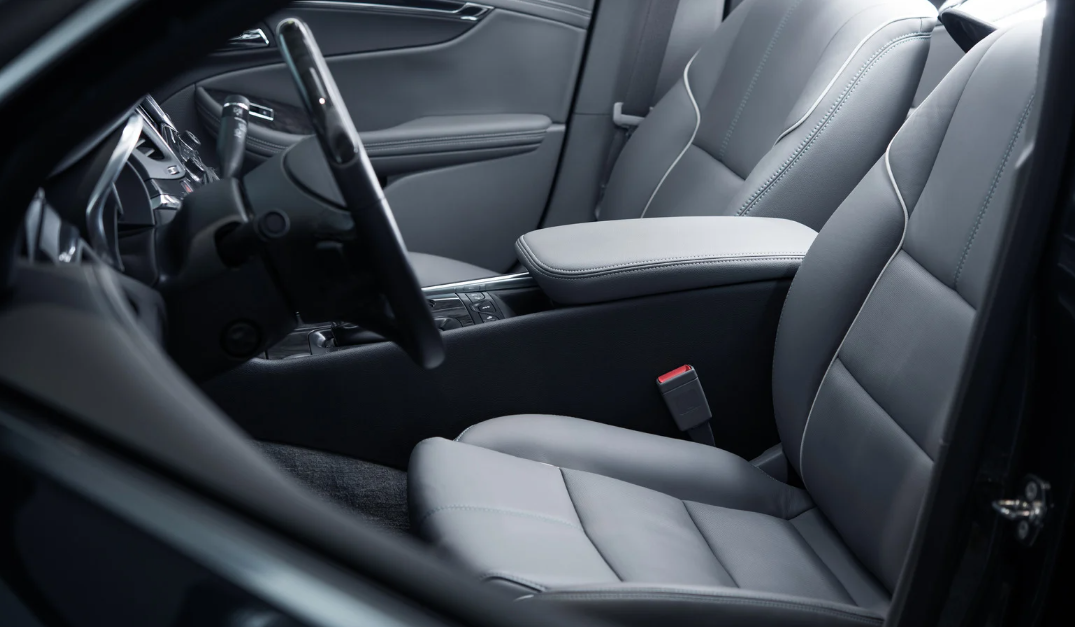
Conclusion: Choosing the right upgrade for your needs
Upgrading your driver seat isn’t a matter of following trends—it’s about combining daily comfort, strong support, and respect for safety standards. A well-chosen seat can make everyday driving less tiring, encourage better posture, and help your vehicle remain compliant with the rules that matter. As seat technology advances and expectations shift, the smartest upgrades are those that fit your routine and meet all necessary requirements—without ever feeling out of place in your car.

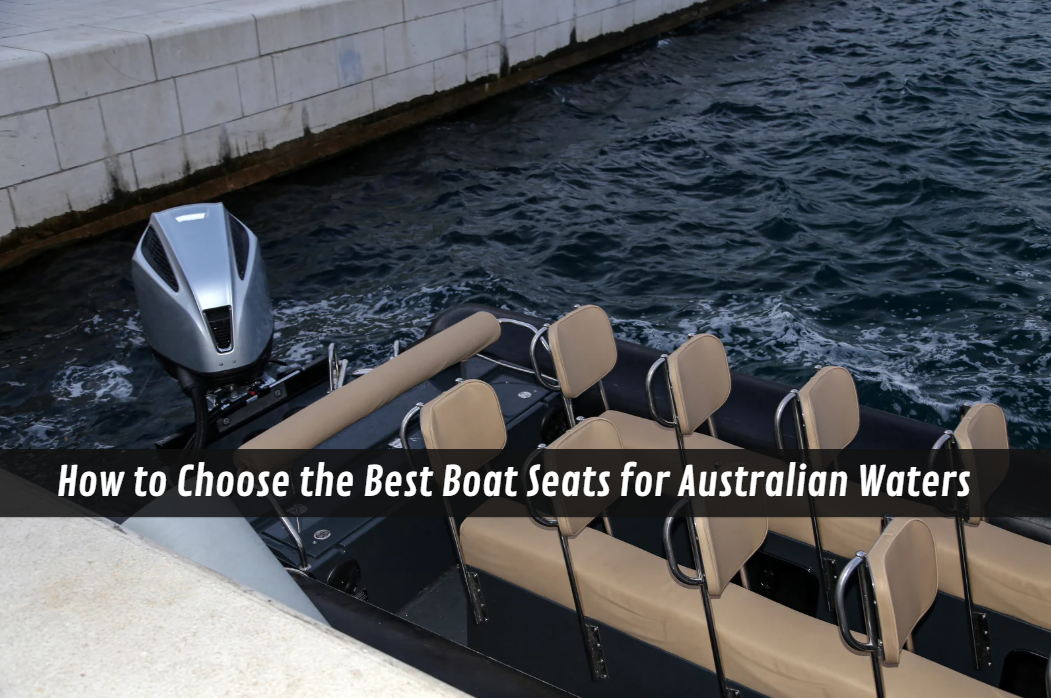
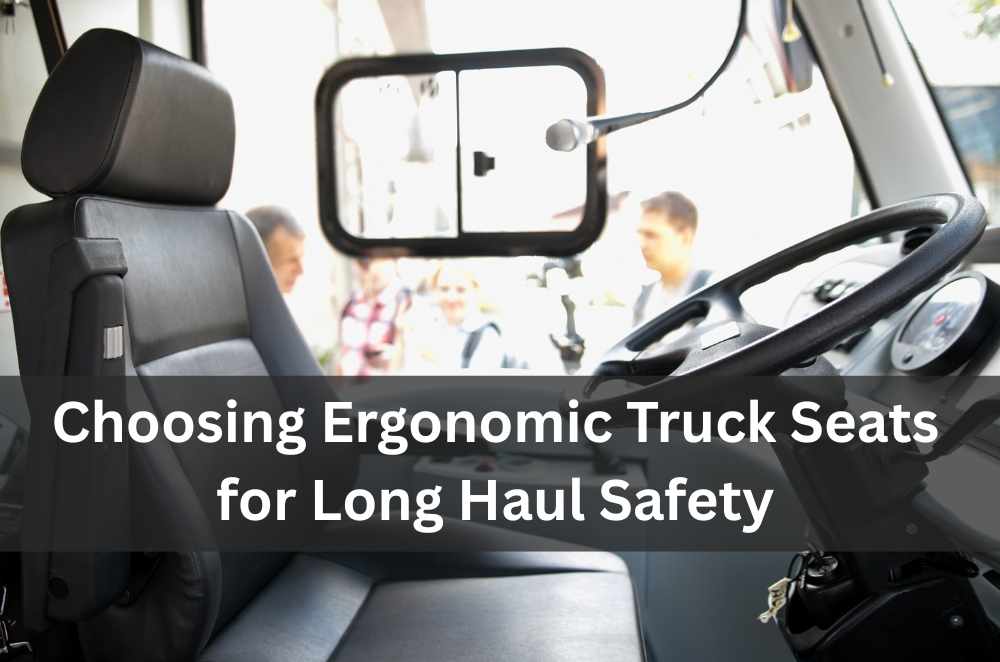
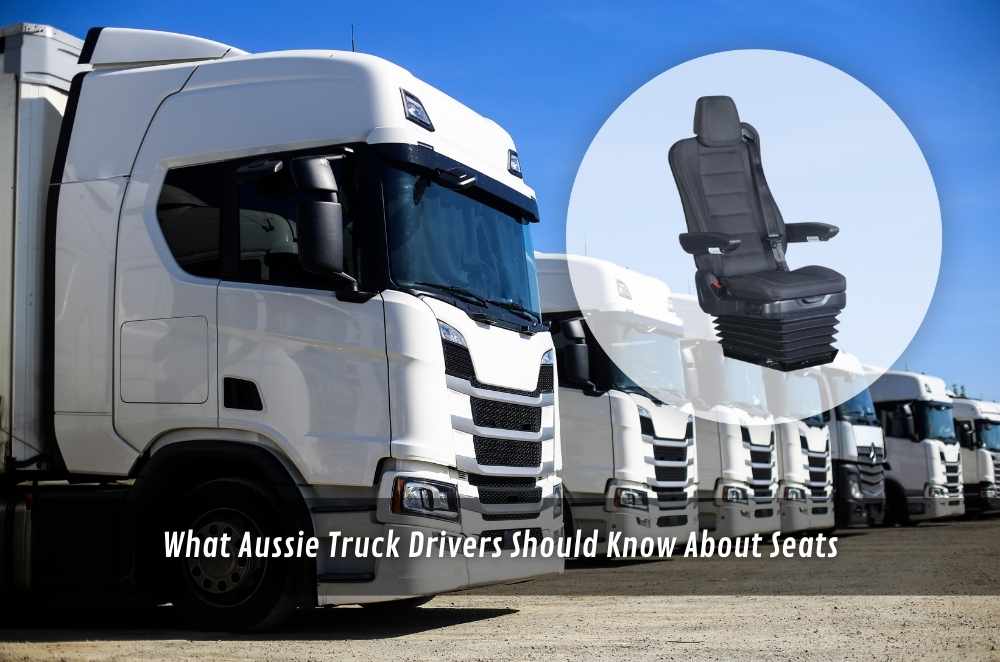
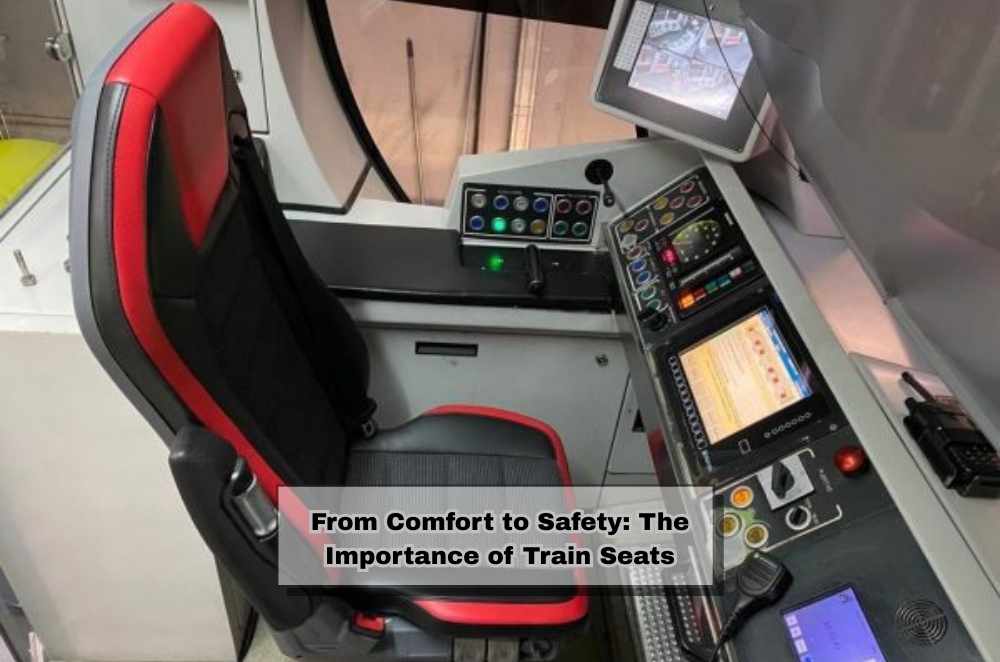
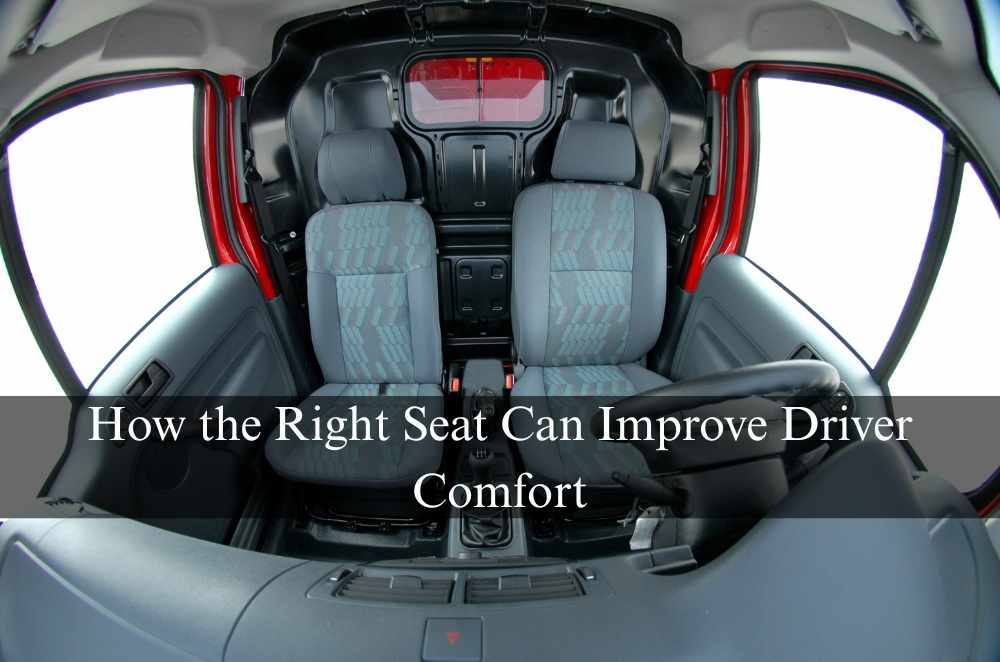



Write a comment ...